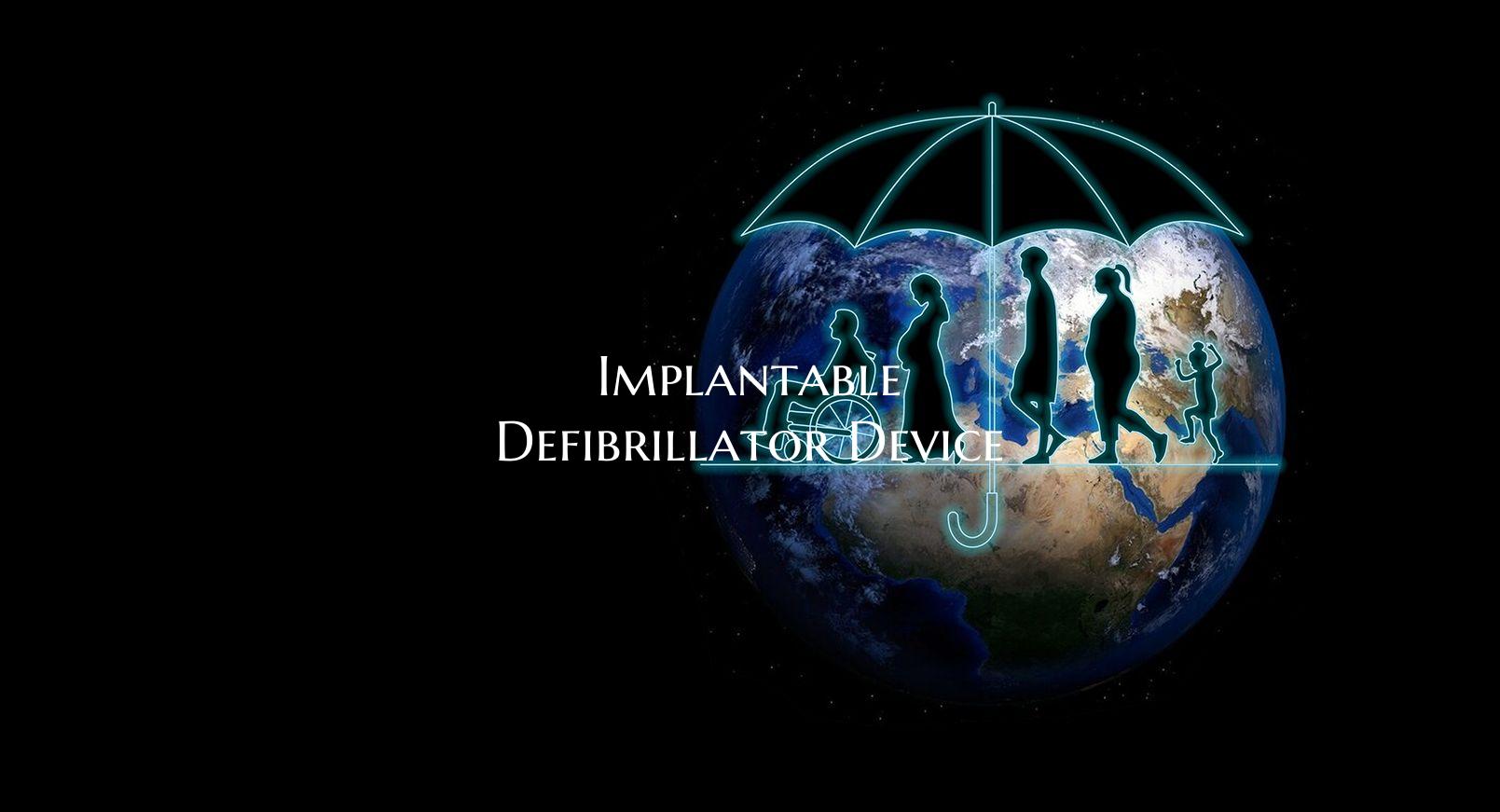
Implantable Defibrillator Device
Introduction: Implantable defibrillator devices have revolutionized the field of cardiology by offering a life-saving solution for individuals at risk of sudden cardiac arrest. These sophisticated devices are designed to monitor the heart's rhythm and deliver an electric shock when necessary to restore a normal heartbeat. In this article, we will explore the evolution, benefits, and considerations associated with implantable defibrillator devices.
Evolution of Implantable Defibrillator Devices: Implantable defibrillator devices have come a long way since their inception. Originally, defibrillators were bulky external devices used in emergency settings. The development of implantable defibrillators led to a significant advancement in cardiac care. These devices are surgically implanted under the skin and connected to the heart via leads, allowing for continuous monitoring and intervention when abnormal rhythms are detected.
Benefits of Implantable Defibrillator Devices: One of the primary benefits of implantable defibrillator devices is their ability to provide timely intervention in case of a life-threatening arrhythmia. By continuously monitoring the heart's rhythm, these devices can detect abnormalities and deliver a shock to restore a normal heartbeat, potentially saving the individual's life. Furthermore, implantable defibrillator devices offer peace of mind to individuals at risk of sudden cardiac arrest, allowing them to lead active and fulfilling lives without constant fear of a cardiac event.
Considerations and Precautions: While implantable defibrillator devices offer significant benefits, there are also considerations and precautions to keep in mind. Patients with these devices need to be mindful of certain activities that may interfere with the device's function, such as high-voltage environments or certain medical procedures. Regular follow-up appointments with healthcare providers are essential to ensure the device is functioning properly and to make any necessary adjustments.
Conclusion: Implantable defibrillator devices have transformed the treatment and management of individuals at risk of sudden cardiac arrest. These devices offer a critical lifeline by providing timely intervention when abnormal heart rhythms occur. As technology continues to advance, implantable defibrillator devices are becoming more sophisticated, reliable, and user-friendly, emphasizing their importance in the field of cardiology. The future of implantable defibrillator devices holds great promise in further improving patient outcomes and quality of life.